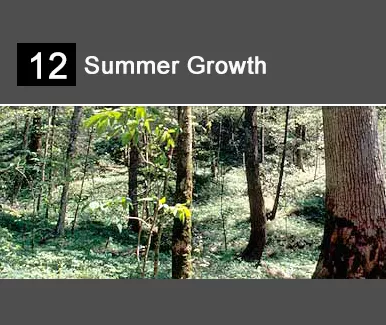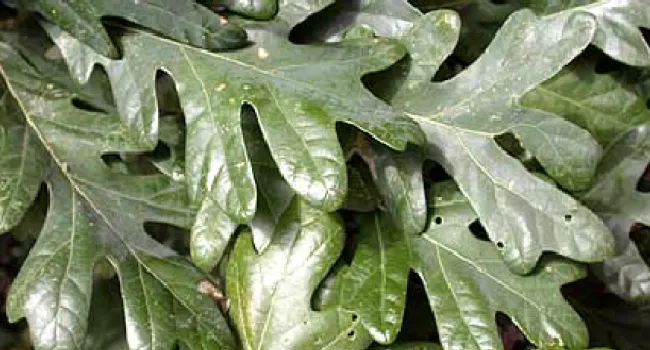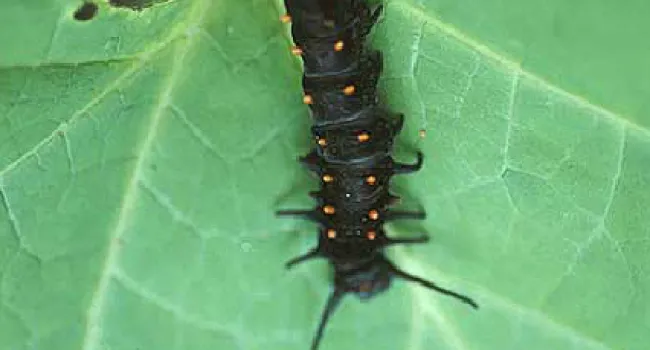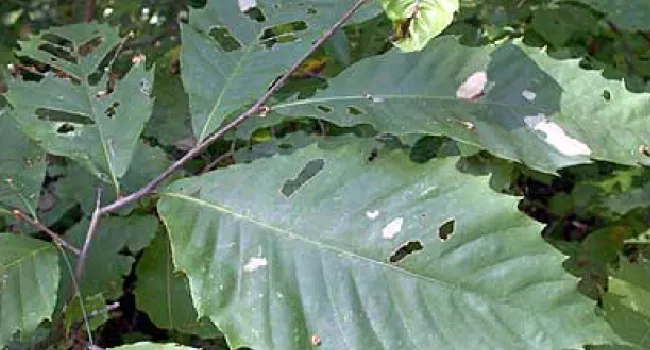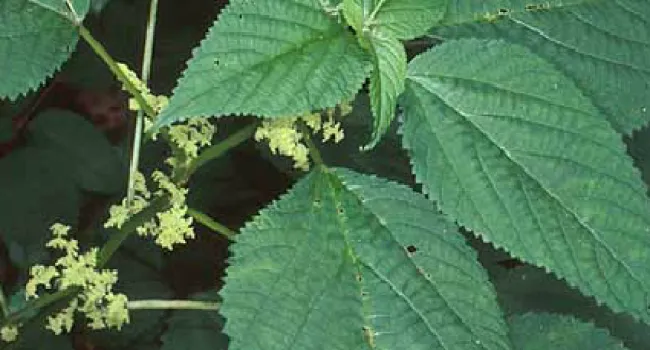
Close-Up of Wood Nettle Stem | The Cove Forest
Episode
1
Photo
Hairs, spines and thorns occur on leaves and/or stems of certain plants. These mechanical defenses may provide some protection from larger herbivores, such as deer, as well as small insects, such as...